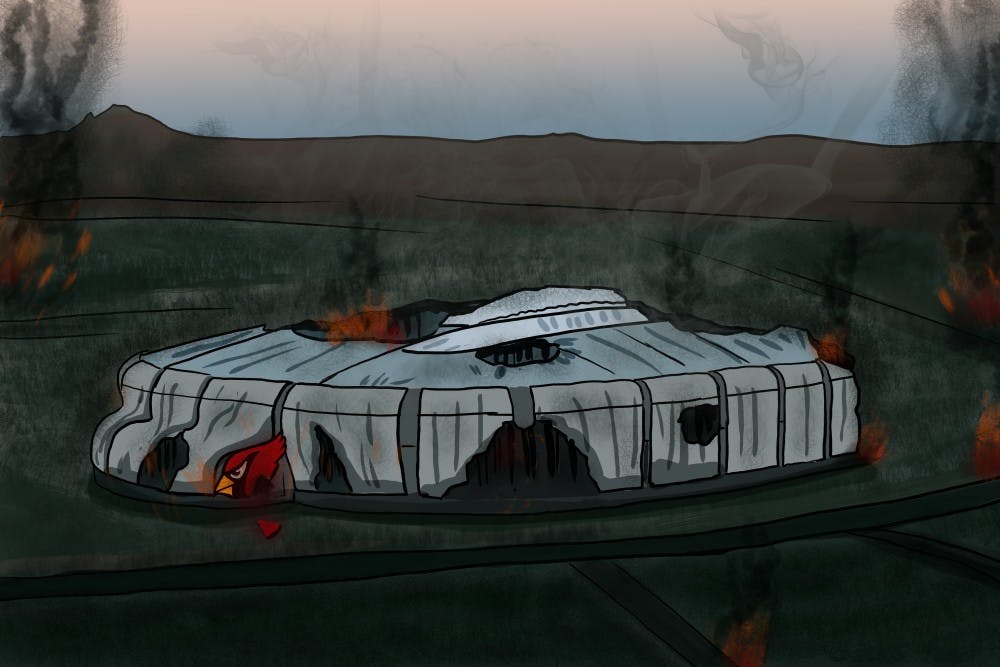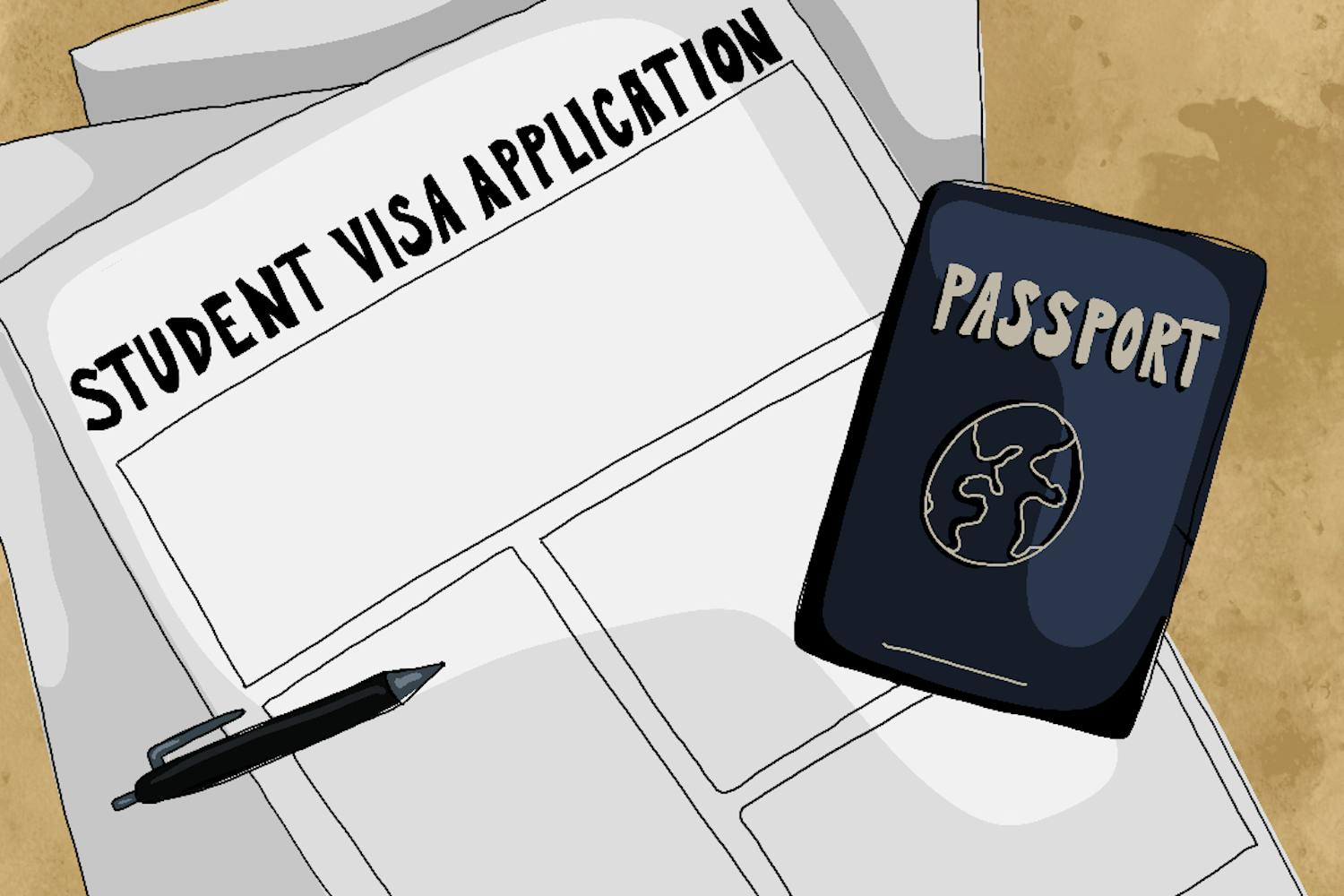Phoenix tourism is at a much needed turning point.
The Phoenix metro area is about to enter into a new era of tourism, after hosting a national sporting event in each of the past three years. With no additional events of the same caliber predicted in the near future, perception of tourism and culture in the area must shift from singularly sports tourism to a more diverse portfolio of attractions that draws the attention of students and tourists alike.
Sports tourism is not necessarily a bad thing, but it has always been a commanding influence in the city's tourism identity.
The Valley of the Sun has been a haven for sports tourism since Major League Baseball spring training first started in Phoenix in 1947, which eventually spread to include Tempe's Diablo Stadium, hosting the Los Angeles Angels. Early spring in Phoenix has become synonymous with spring training baseball, which is often beyond the financial or transportation capabilities of students.
Sports tourism domination does not end when the baseball teams break camp.
Since its construction in 2006, the soon-to-be-renamed University of Phoenix Stadium has hosted many major events, including two Super Bowls, the BCS National Championship, the College Football Playoff and the Final Four. However, the recent train of events rolling through Glendale is leaving with the Final Four.
Consecutive years of hosting these events has made tourism in the Valley appear to be even more one-dimensional.
"These big events create some positive impacts in the community, but there are considerable negatives too," said Deepak Chhabra, a professor of tourism and sports marketing at ASU. "Competition for resources crowds out local projects, and traffic congestion and hotel price hikes are only exacerbated by these events."
As this three-year run of major events ends, the Valley must transition away from an attractions and events identity that revolves around sports.
"We still need a better showcasing of local events and collaboration," Chhabra said.
The greater Phoenix area does not lack other tourist draws, rather those attractions must be better emphasized. Activities abound in the Valley, but there should be more focus in highlighting them.
There are resources available to widen students' perceptions of Phoenix as well.
The Programming and Activities Board and other student organizations make concerted attempts to expose students to many events and attractions available on campus, in Tempe and throughout the rest of the Valley.
"PAB tries to expose students to food and culture around here," said Becca Smouse, a journalism senior and PAB president. "Not enough people experience enough of what the Phoenix area has to offer, especially the music scene."
PAB is responsible for planning events like Devilpalooza, Devils on Mill, homecoming events and many more that are the direct outcome of students' tuition dollars. However, students are rarely taking full advantage of the events that they are paying for.
"Sport culture dominates among the students, leaving not a lot of time between studies and sporting events to attend events at ASU and in the community," Smouse said.
In addition to exposure to events, ASU offers specific degree programs that connect professionally concerned students with sports in the community as well as sustainable tourism and management.
The greater Phoenix area is a good enough tourist draw independent of the enormous sporting events that have rolled through the Valley over the last few years. Culture centers, unique museums and many other attractions and events are readily available to students and the public.
Events like First Friday and the Phoenix Pizza Festival give the Valley a stronger sense of identity, which is sorely needed in wake of so much sports tourism.
Rise, shine and plan your week in Phoenix with these upcoming events: https://t.co/rqULkIe7qJ pic.twitter.com/78LTpvFZfy
— Visit Phoenix (@visitphoenix) April 10, 2017
The events and attractions around Phoenix are more than enough to establish the city as a tourism destination that can provide plenty for ASU students to enjoy and fill their days.
If the city and students can collaborate to provide advertising for and interest in the attractions and events that already exist, the dominance of sports tourism will soon give way to a more balanced representation of tourism in the Valley.
Reach the columnist at jbaker22@asu.edu or follow @jonahpbaker on Twitter.
Editor’s note: The opinions presented in this column are the author’s and do not imply any endorsement from The State Press or its editors.
Want to join the conversation? Send an email to opiniondesk.statepress@gmail.com. Keep letters under 500 words and be sure to include your university affiliation. Anonymity will not be granted.
Like The State Press on Facebook and follow @statepress on Twitter.




